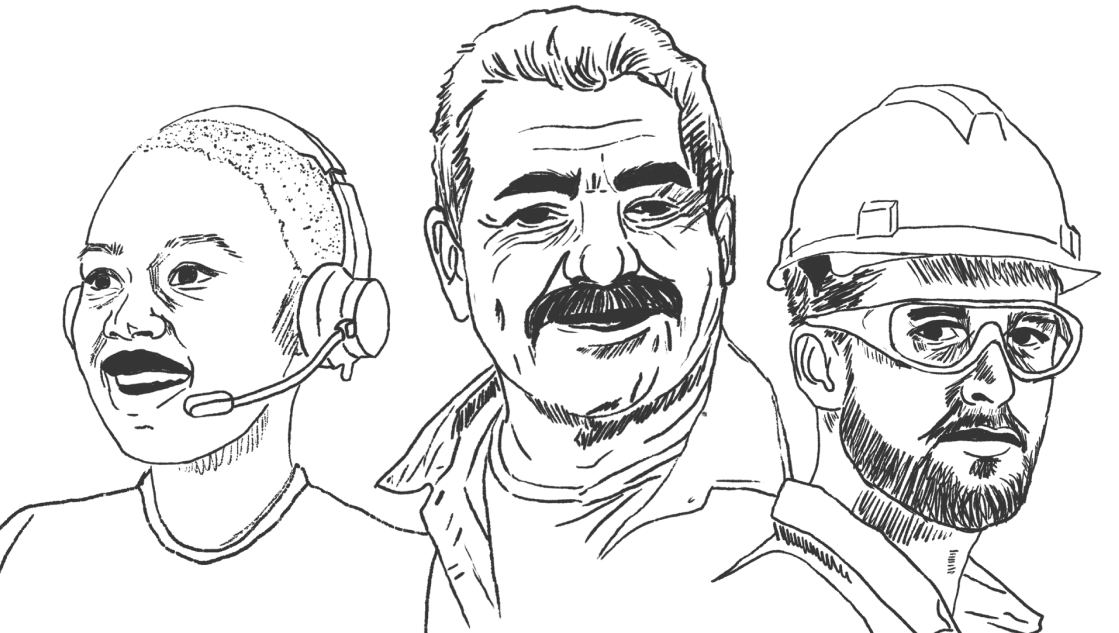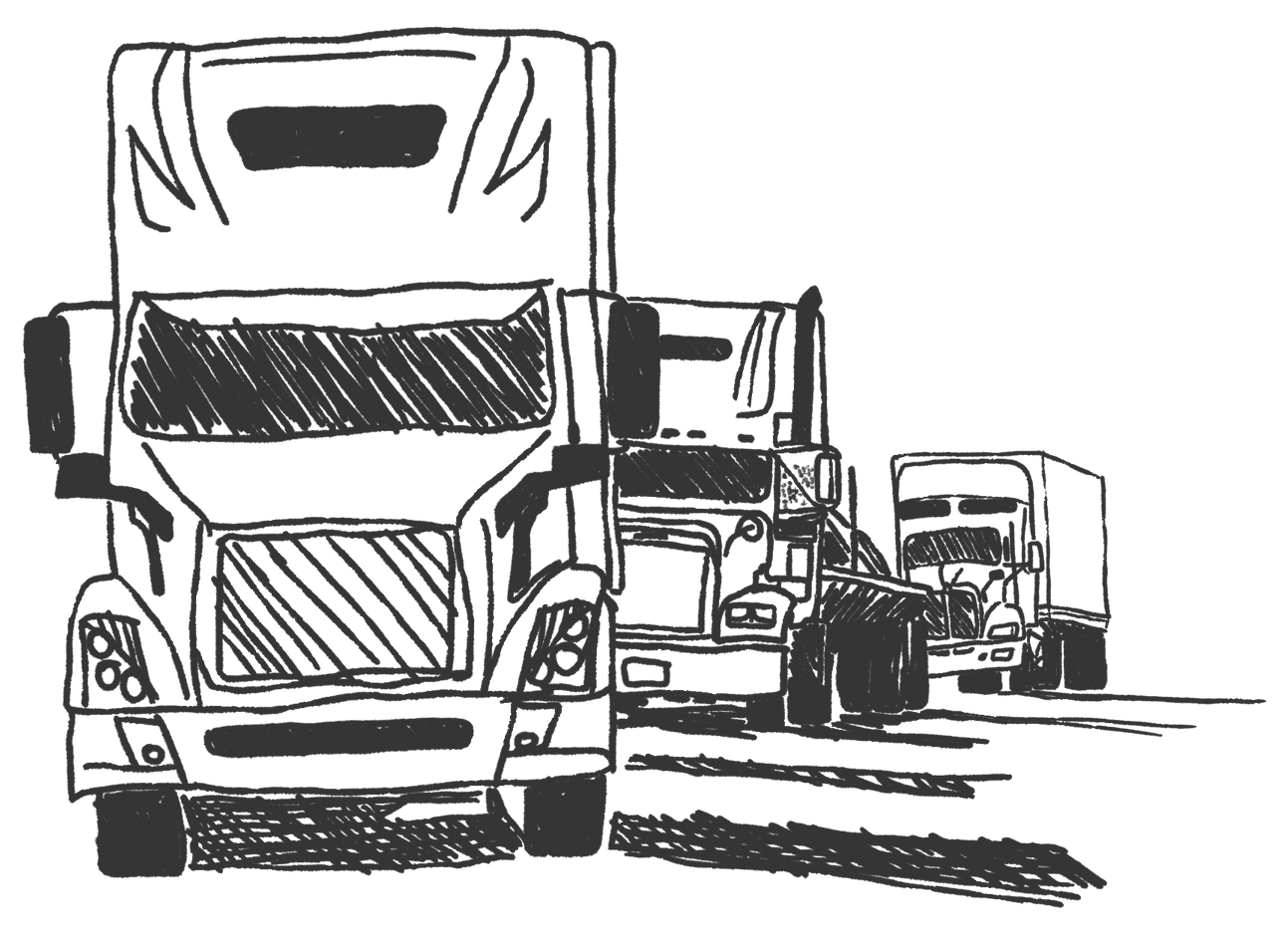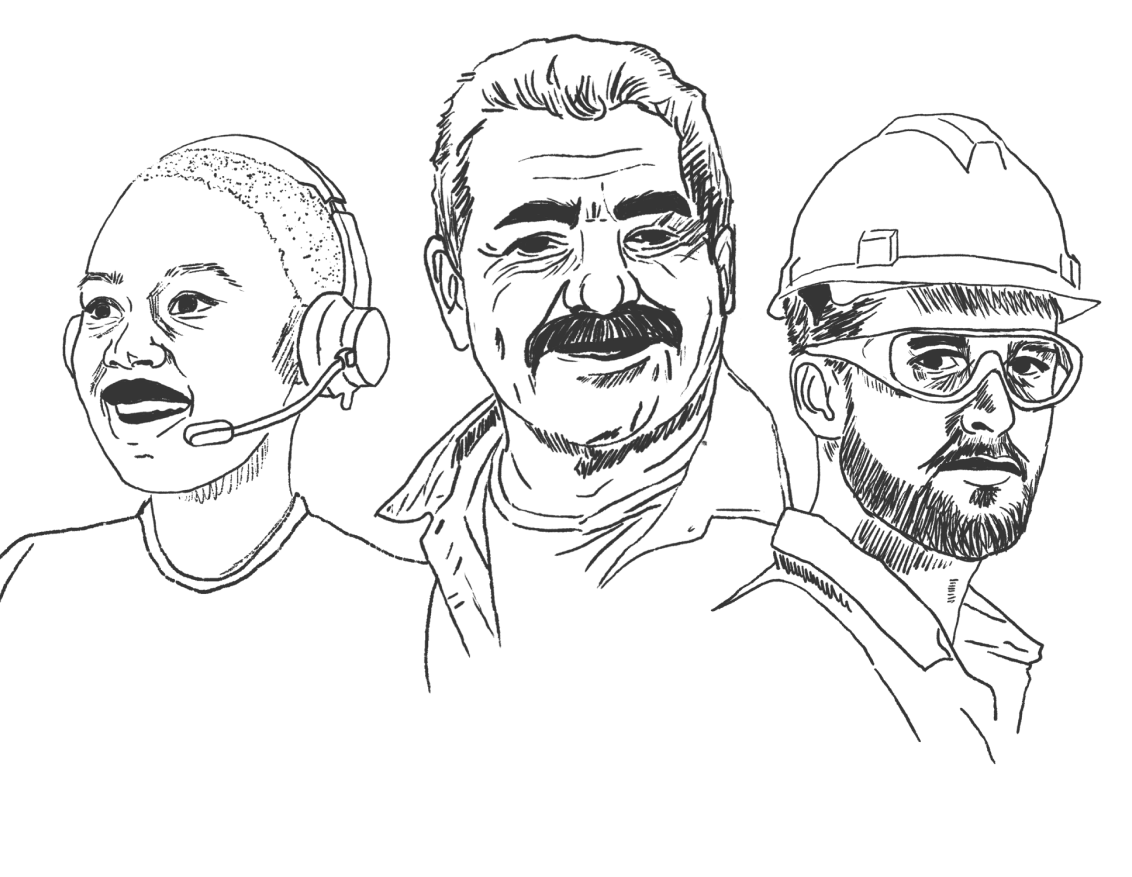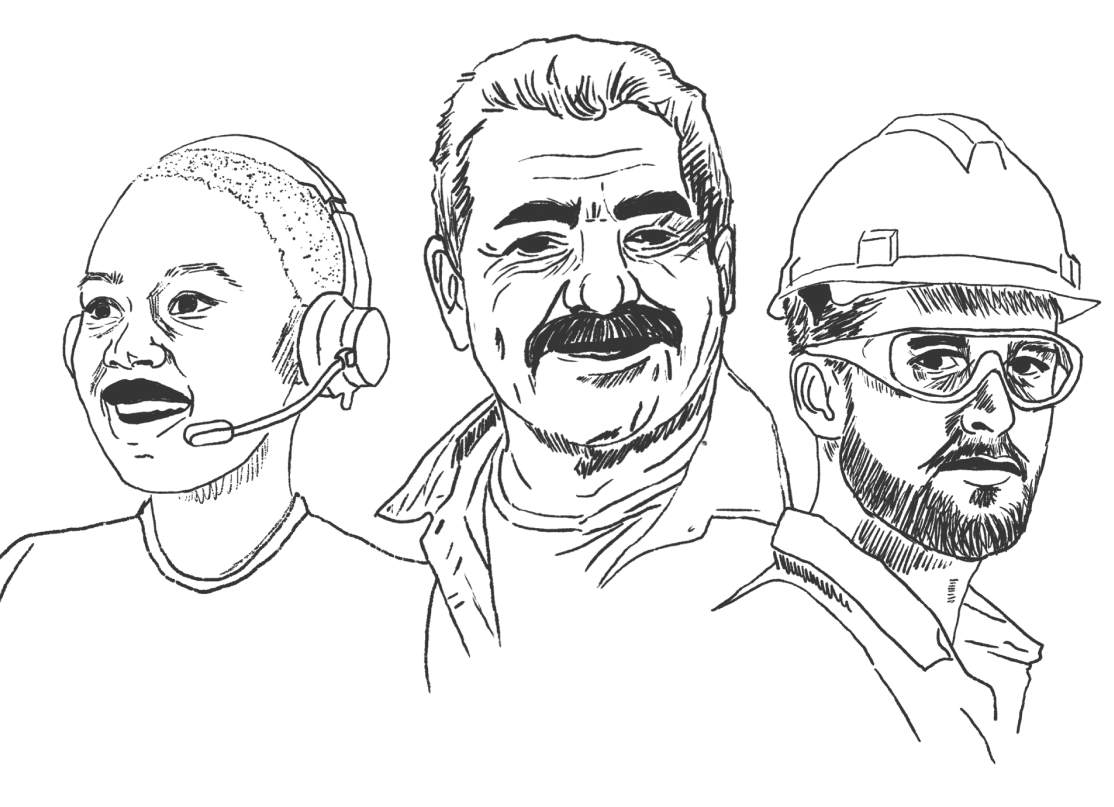

DEPARTMENT OF TRANSPORTATION ACCIDENT
When it comes to the safety and regulation of our nation's transportation networks, the Department of Transportation (DOT) plays a pivotal role. While the DOT's primary mission is to ensure the efficiency and security of our roadways, railways, and aviation systems, accidents can still happen, often resulting in injuries, damage, and complex legal issues. At A2X, we understand the unique challenges and complexities that arise in Department of Transportation accidents. In this comprehensive guide, we delve into the intricacies of these incidents, offering insights and guidance for those who find themselves affected by transportation accidents under the purview of the DOT.
Understanding Department of Transportation Accidents
Department of Transportation (DOT) accidents encompass a broad spectrum of incidents, ranging from commercial truck accidents on our highways to aviation mishaps at our airports. These accidents can result in severe injuries, property damage, and complex legal ramifications. Understanding the unique aspects of DOT accidents is essential for victims and their families, as it often involves specific regulations, liability, and insurance considerations.
types of Department of Transportation (DOT) accidents:
- Trucking Accidents: Involving commercial trucks, such as 18-wheelers and delivery vehicles, on highways and local roads.
- Aviation Accidents: Including incidents at airports, in-flight mishaps, or runway accidents.
- Railroad Incidents: Covering train derailments, collisions, and accidents involving freight or passenger trains.
- Maritime Accidents: Encompassing accidents on waterways, including shipping, fishing, and recreational boating.
- Public Transportation Accidents: Involving buses, subways, and other forms of public transit.
- Pipeline Accidents: Such as oil or gas pipeline leaks, explosions, and environmental damage.
- Motor Vehicle Accidents: On roads and highways, including accidents involving personal vehicles and motorcycles.
- Cycling and Pedestrian Accidents: Involving bicycles, pedestrians, and scooters sharing the road with other vehicles.
- Construction Zone Accidents: Occurring within construction areas on roadways, involving workers and motorists.
- Workplace Accidents: On-the-job incidents within DOT-related industries, such as construction or maintenance.
These are just some of the various types of accidents that fall under the purview of the Department of Transportation, each with its unique challenges and legal considerations.
Key Factors That Contribute to DOT Accidents
Understanding the factors that contribute to Department of Transportation (DOT) accidents is essential for improving safety and preventing future incidents. These accidents can result from a combination of several critical factors. Inadequate maintenance and infrastructure conditions, such as poorly maintained roads, bridges, or railway tracks, can lead to accidents. Additionally, human error, including driver fatigue, impairment, and distracted driving, plays a significant role in DOT accidents. Weather-related factors, like fog, ice, or heavy rain, can reduce visibility and traction, increasing the risk of accidents. Mechanical failures in vehicles and equipment, as well as issues related to cargo securement, can also contribute to accidents.
In addition to these factors, DOT accidents are often influenced by regulatory compliance and safety standards. Violations of transportation regulations, lack of proper training, and improper cargo loading can all lead to incidents. Understanding these key factors is crucial for stakeholders to address safety concerns and work towards minimizing risks within the transportation industry.
Reasons you might need a lawYER after a Department of Transportation (DOT) accident:
- Severe Injuries: Pursuing a lawsuit to cover medical expenses and rehabilitation for serious injuries.
- Wrongful Death: Seeking justice and compensation for the loss of a loved one in a fatal accident.
- Negligence: Holding responsible parties accountable for their actions and proving negligence.
- Inadequate Compensation: Filing a lawsuit when insurance settlements fall short of covering your damages.
- Disputed Liability: Clarifying responsibility when it's contested or unclear.
- Manufacturer Defects: Pursuing legal action against manufacturers for vehicle or equipment defects.
- Loss of Income: Seeking compensation for lost wages and future earnings.
- Pain and Suffering: Addressing physical and emotional suffering due to the accident.
Contact an Experienced Department of Transportation Accident Lawyer
When faced with the complexities and challenges of Department of Transportation (DOT) accidents, seeking legal counsel is crucial. An experienced DOT accident lawyer can provide the expertise and guidance needed to navigate the legal intricacies, pursue a lawsuit, and seek the compensation you deserve. Whether you've suffered severe injuries, a wrongful death, or disputes with insurance companies, a skilled attorney can be your advocate in the pursuit of justice and financial recovery. Contacting an attorney who specializes in DOT accidents ensures that your rights and interests are protected, and you have the support necessary to move forward after such a challenging experience.
Don't navigate the aftermath of a DOT accident alone. Contact Anderson Alexander today and let our experienced attorneys stand by your side. We're here to help you seek the justice and compensation you deserve. Reach out to us to schedule a consultation and take the first step toward recovery.

DEPARTMENT OF TRANSPORTATION ACCIDENT
When it comes to the safety and regulation of our nation's transportation networks, the Department of Transportation (DOT) plays a pivotal role. While the DOT's primary mission is to ensure the efficiency and security of our roadways, railways, and aviation systems, accidents can still happen, often resulting in injuries, damage, and complex legal issues. At A2X, we understand the unique challenges and complexities that arise in Department of Transportation accidents. In this comprehensive guide, we delve into the intricacies of these incidents, offering insights and guidance for those who find themselves affected by transportation accidents under the purview of the DOT.
Understanding Department of Transportation Accidents
Department of Transportation (DOT) accidents encompass a broad spectrum of incidents, ranging from commercial truck accidents on our highways to aviation mishaps at our airports. These accidents can result in severe injuries, property damage, and complex legal ramifications. Understanding the unique aspects of DOT accidents is essential for victims and their families, as it often involves specific regulations, liability, and insurance considerations.
types of Department of Transportation (DOT) accidents:
- Trucking Accidents: Involving commercial trucks, such as 18-wheelers and delivery vehicles, on highways and local roads.
- Aviation Accidents: Including incidents at airports, in-flight mishaps, or runway accidents.
- Railroad Incidents: Covering train derailments, collisions, and accidents involving freight or passenger trains.
- Maritime Accidents: Encompassing accidents on waterways, including shipping, fishing, and recreational boating.
- Public Transportation Accidents: Involving buses, subways, and other forms of public transit.
- Pipeline Accidents: Such as oil or gas pipeline leaks, explosions, and environmental damage.
- Motor Vehicle Accidents: On roads and highways, including accidents involving personal vehicles and motorcycles.
- Cycling and Pedestrian Accidents: Involving bicycles, pedestrians, and scooters sharing the road with other vehicles.
- Construction Zone Accidents: Occurring within construction areas on roadways, involving workers and motorists.
- Workplace Accidents: On-the-job incidents within DOT-related industries, such as construction or maintenance.
These are just some of the various types of accidents that fall under the purview of the Department of Transportation, each with its unique challenges and legal considerations.
Key Factors That Contribute to DOT Accidents
Understanding the factors that contribute to Department of Transportation (DOT) accidents is essential for improving safety and preventing future incidents. These accidents can result from a combination of several critical factors. Inadequate maintenance and infrastructure conditions, such as poorly maintained roads, bridges, or railway tracks, can lead to accidents. Additionally, human error, including driver fatigue, impairment, and distracted driving, plays a significant role in DOT accidents. Weather-related factors, like fog, ice, or heavy rain, can reduce visibility and traction, increasing the risk of accidents. Mechanical failures in vehicles and equipment, as well as issues related to cargo securement, can also contribute to accidents.
In addition to these factors, DOT accidents are often influenced by regulatory compliance and safety standards. Violations of transportation regulations, lack of proper training, and improper cargo loading can all lead to incidents. Understanding these key factors is crucial for stakeholders to address safety concerns and work towards minimizing risks within the transportation industry.
Reasons you might need a lawYER after a Department of Transportation (DOT) accident:
- Severe Injuries: Pursuing a lawsuit to cover medical expenses and rehabilitation for serious injuries.
- Wrongful Death: Seeking justice and compensation for the loss of a loved one in a fatal accident.
- Negligence: Holding responsible parties accountable for their actions and proving negligence.
- Inadequate Compensation: Filing a lawsuit when insurance settlements fall short of covering your damages.
- Disputed Liability: Clarifying responsibility when it's contested or unclear.
- Manufacturer Defects: Pursuing legal action against manufacturers for vehicle or equipment defects.
- Loss of Income: Seeking compensation for lost wages and future earnings.
- Pain and Suffering: Addressing physical and emotional suffering due to the accident.
Contact an Experienced Department of Transportation Accident Lawyer
When faced with the complexities and challenges of Department of Transportation (DOT) accidents, seeking legal counsel is crucial. An experienced DOT accident lawyer can provide the expertise and guidance needed to navigate the legal intricacies, pursue a lawsuit, and seek the compensation you deserve. Whether you've suffered severe injuries, a wrongful death, or disputes with insurance companies, a skilled attorney can be your advocate in the pursuit of justice and financial recovery. Contacting an attorney who specializes in DOT accidents ensures that your rights and interests are protected, and you have the support necessary to move forward after such a challenging experience.
Don't navigate the aftermath of a DOT accident alone. Contact Anderson Alexander today and let our experienced attorneys stand by your side. We're here to help you seek the justice and compensation you deserve. Reach out to us to schedule a consultation and take the first step toward recovery.






